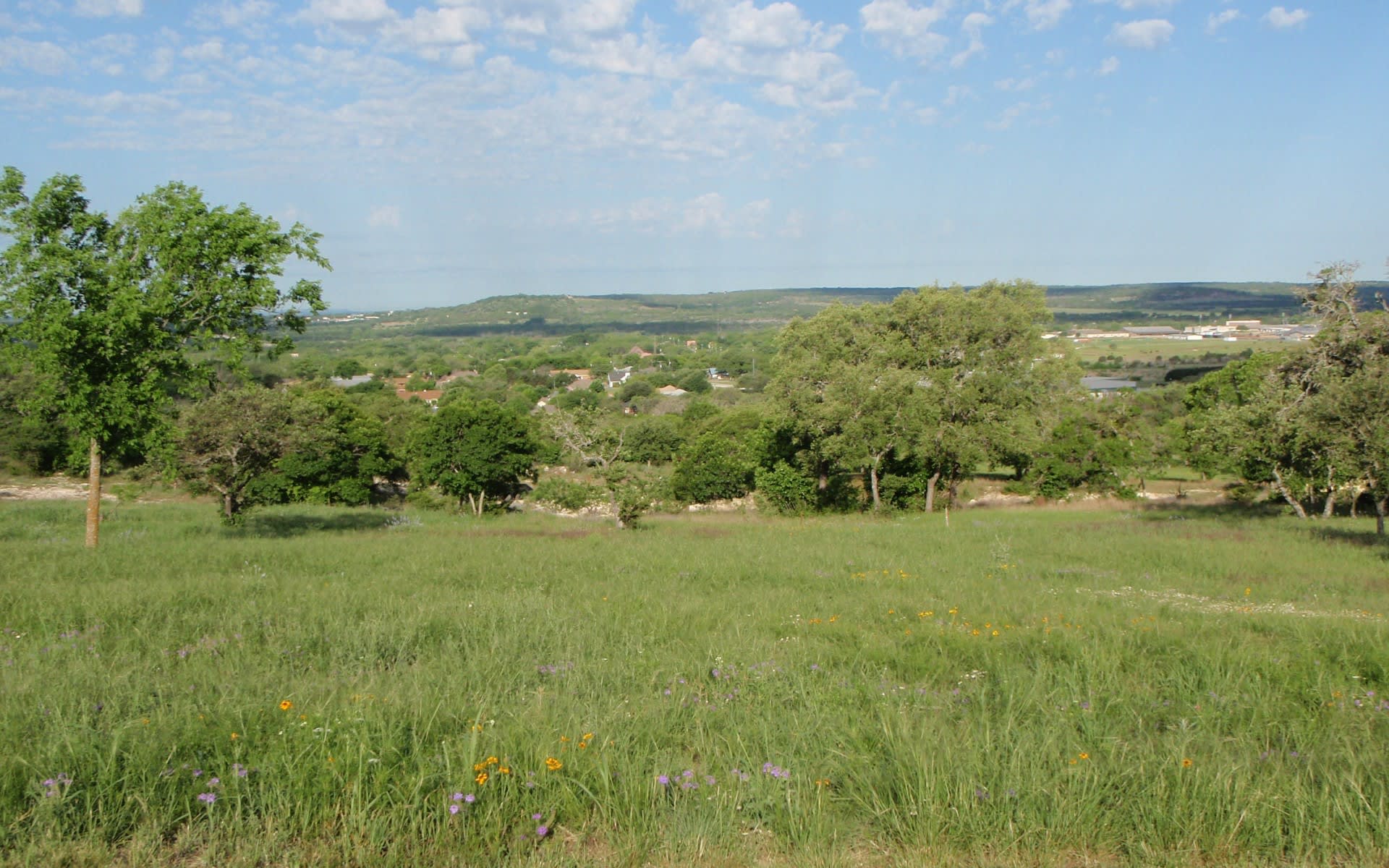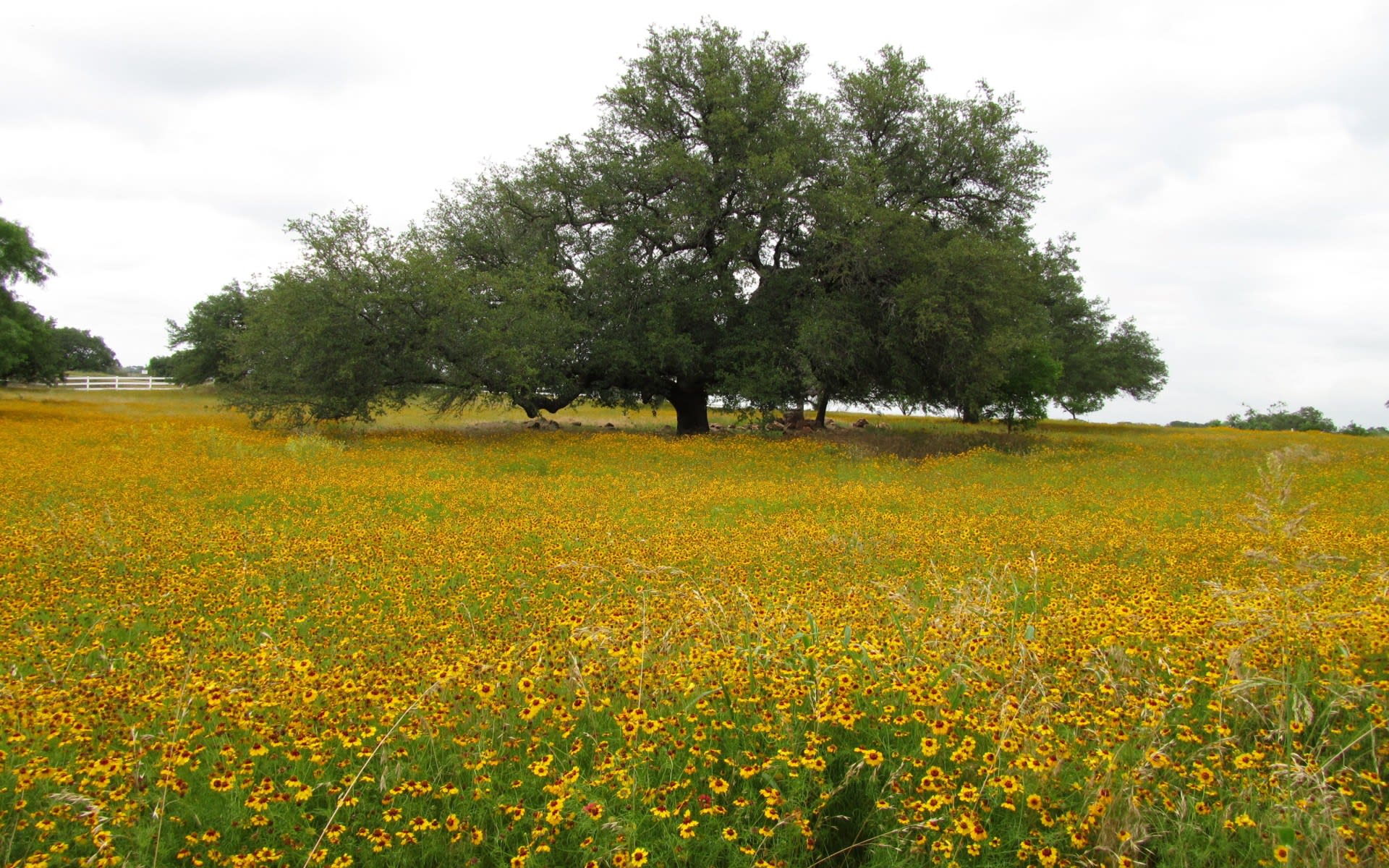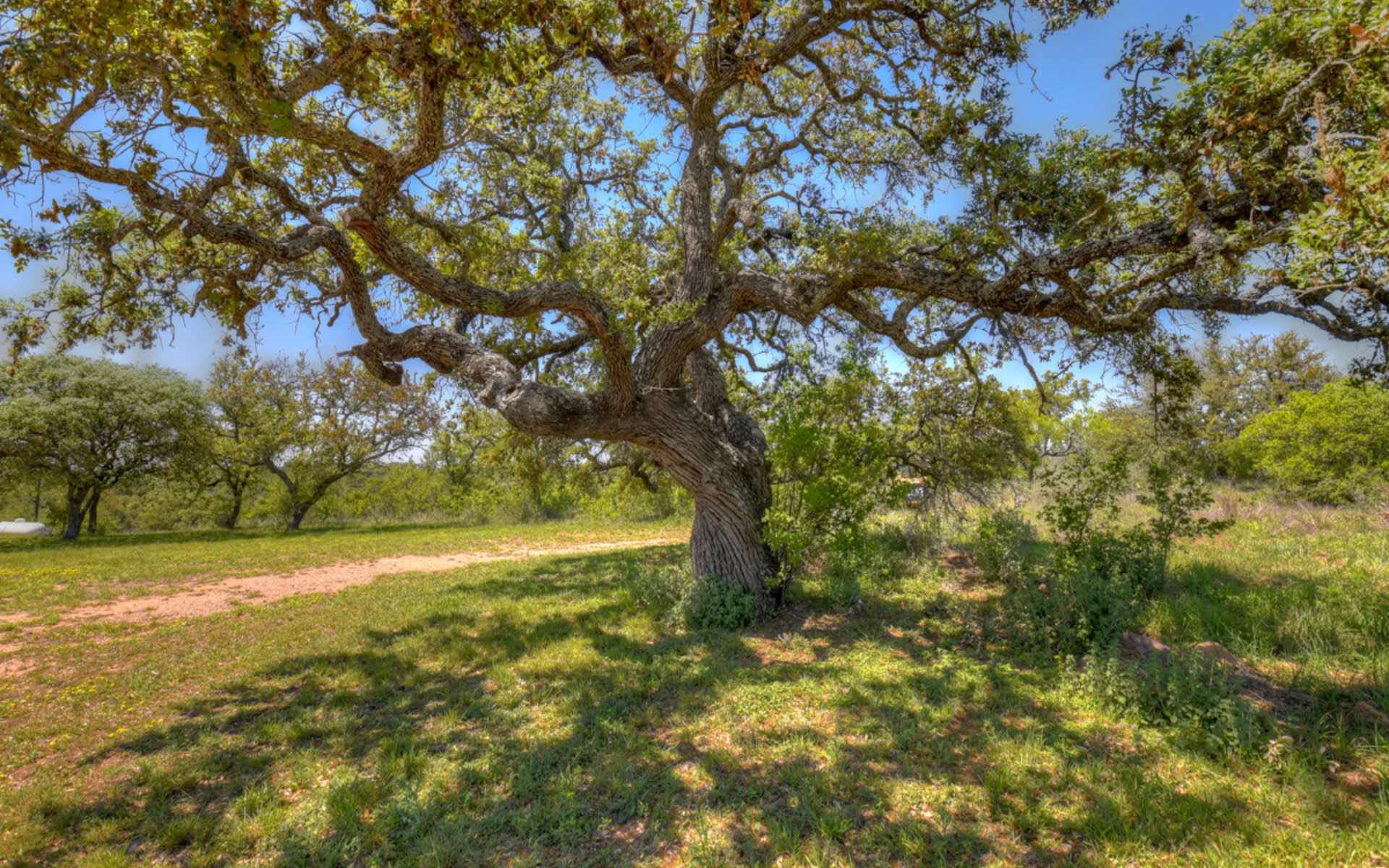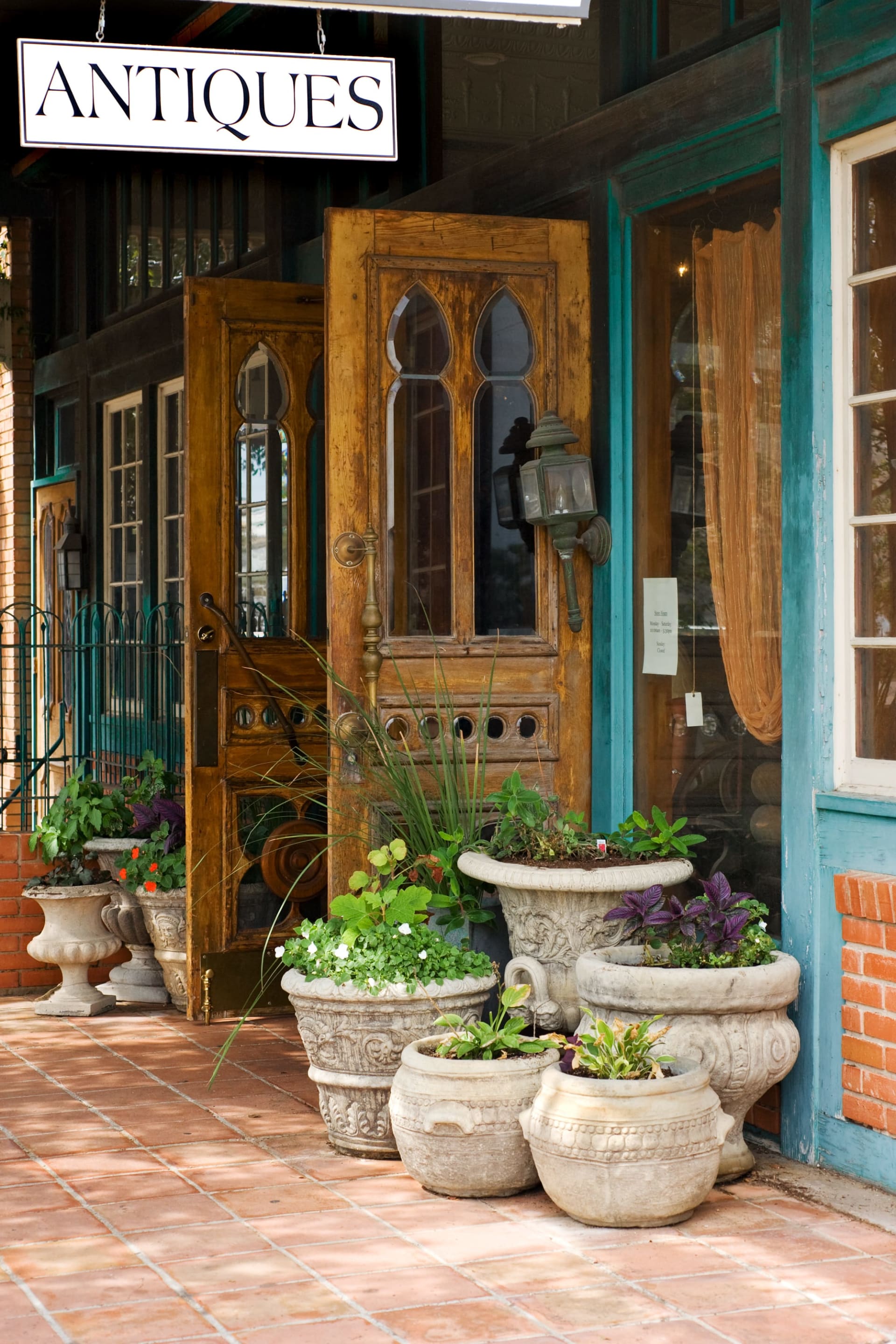
Llano County
Named for the Llano River that runs through it, was organized in 1856. Communities in the county include Llano, the county seat, Horseshoe Bay, Kingsland, and Sunrise Beach. Three dams provide more than 55 miles of lakes, which provide recreation and popular spots for retirement. Known as the “Deer Capital of Texas,” the county has been a major hunting destination.



